Soil Sampling- Another Dirty Job for Your Garden's Health
It’s a dirty job, but someone has to do it! No, we’re not talking about taking out the trash. …



El inglés es el idioma de control de esta página. En la medida en que haya algún conflicto entre la traducción al inglés y la traducción, el inglés prevalece.
Al hacer clic en el enlace de traducción se activa un servicio de traducción gratuito para convertir la página al español. Al igual que con cualquier traducción por Internet, la conversión no es sensible al contexto y puede que no traduzca el texto en su significado original. NC State Extension no garantiza la exactitud del texto traducido. Por favor, tenga en cuenta que algunas aplicaciones y/o servicios pueden no funcionar como se espera cuando se traducen.
Inglês é o idioma de controle desta página. Na medida que haja algum conflito entre o texto original em Inglês e a tradução, o Inglês prevalece.
Ao clicar no link de tradução, um serviço gratuito de tradução será ativado para converter a página para o Português. Como em qualquer tradução pela internet, a conversão não é sensivel ao contexto e pode não ocorrer a tradução para o significado orginal. O serviço de Extensão da Carolina do Norte (NC State Extension) não garante a exatidão do texto traduzido. Por favor, observe que algumas funções ou serviços podem não funcionar como esperado após a tradução.
English is the controlling language of this page. To the extent there is any conflict between the English text and the translation, English controls.
Clicking on the translation link activates a free translation service to convert the page to Spanish. As with any Internet translation, the conversion is not context-sensitive and may not translate the text to its original meaning. NC State Extension does not guarantee the accuracy of the translated text. Please note that some applications and/or services may not function as expected when translated.
Collapse ▲It’s a dirty job, but someone has to do it! No, we’re not talking about taking out the trash. …
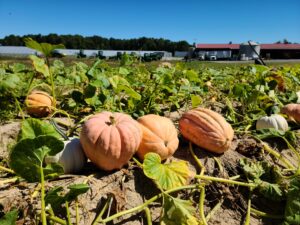
Flickering faces greet us from the darkness of porches and patios during the run up to the Halloween, or …

It is shaping up to be our favorite kind of fall, with temperatures already dropping in the 40s at …
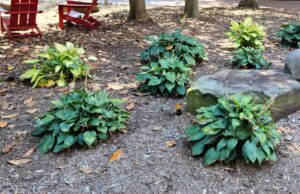
Fall is right around the corner and the morning temperatures have already started to trend downwards. That being said, …
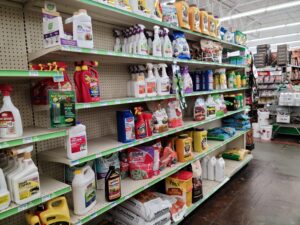
There are many differences between living in “the county” and “the city”. Depending on your preferences, some are comfort-related …
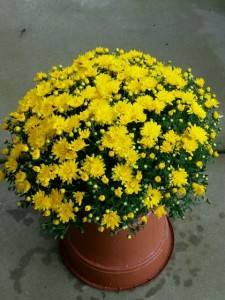
Nothing echoes fall like the vivid autumn colors of mums. Mums offer a variety of colors with minimum care. Their rich …
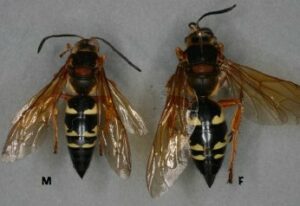
Late summer is an incredible time to see the diversity of insect pollinators that call North Carolina home. Unfortunately, …
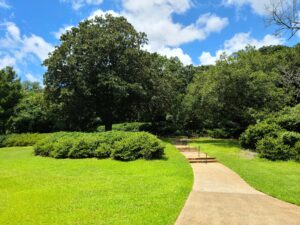
Excellent landscapes of any kind require forethought, planning and management. Even the most seemingly effortless gardens and lawns have …
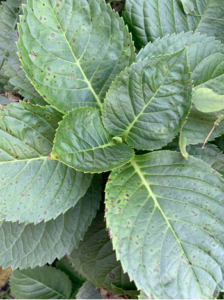
Are you seeing spots on your hydrangea leaves this fall? Fungal leaf spot diseases are the most active during …
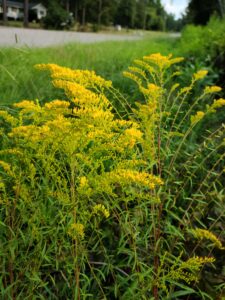
One of the best places to see wildflowers’ diversity are roadsides. North Carolina has more than 80,000 miles of …
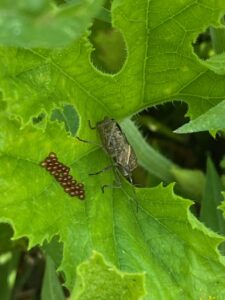
It has been a tough time in the vegetable garden in 2022. Between the weatherman and the insects, getting …
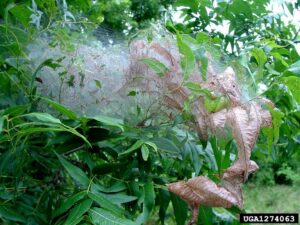
This article was written by Gail Griffin, Extension Master Gardener Volunteer with North Carolina Cooperative Extension in Lee County. Those …
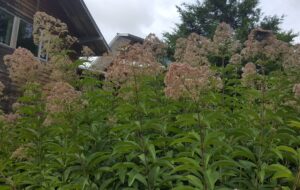
This article was written by Gail Griffin, Extension Master Gardener Volunteer with North Carolina Cooperative Extension in Lee County. As …
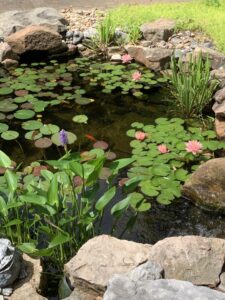
This article was written by Gail Griffin, Extension Master Gardener Volunteer with North Carolina Cooperative Extension in Lee County. From …
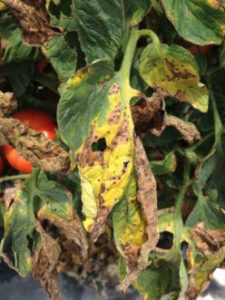
There are a few things that we southerners can really get serious about and tomatoes are one of them. They …
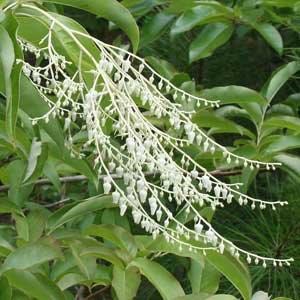
Sourwood is one of our native ornamental trees that can add interest and value to the landscape. It is …

This article was written by Gail Griffin, Extension Master Gardener℠ Volunteer with North Carolina Cooperative Extension in Lee County. As …
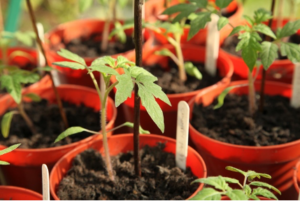
Did you know that many fruits, vegetables, and herbs can be grown in containers? Container gardening is a great …
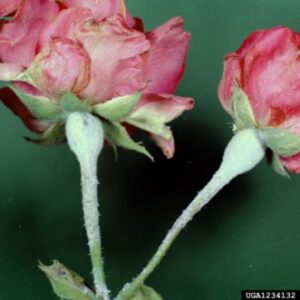
‘Tis the season. Powdery mildew is back, particularly on ornamentals like roses and crape myrtle. It is a common …
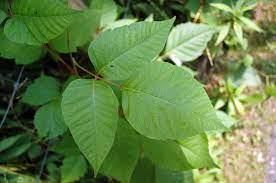
Leaves of three, let it be! To many, poison ivy conjures images of itchy rashes and calamine lotion. Fun, …

This Entomology Insect Note describes the biology and control of the black vine weevil, an …
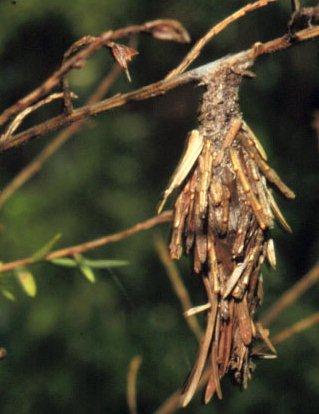
This Entomology Insect Note describes the biology and control of bagworms, a common ornamental plant …
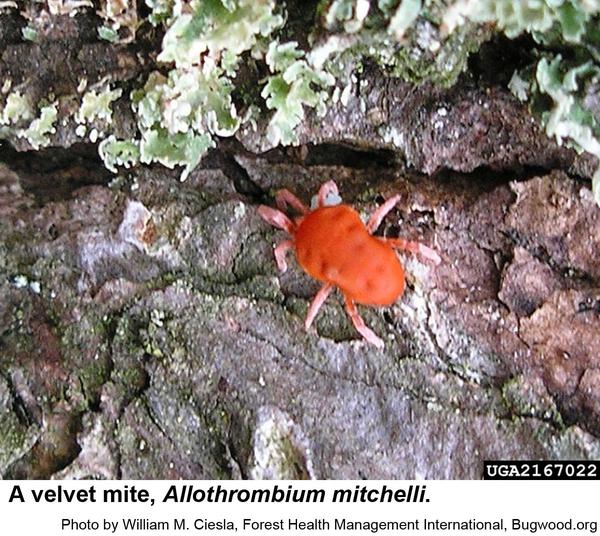
This factsheet describes the biology of trombidiid mites— velvet mites, red velvet mites, large red …
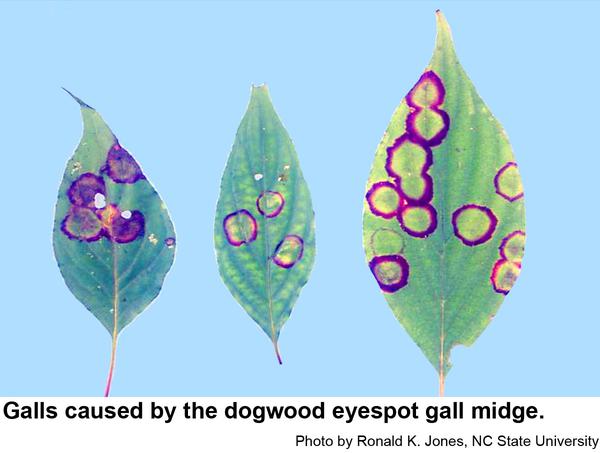
This factsheet describes dogwood eyespot galls caused by an ocellate gall midge, Parallelodiplosis subtruncata. …

This factsheet describes the biology of the ironweed longhorn borer, Hemierana marginata, and provides residential …

This factsheet describes the biology of the lantana lace bug, Teleonemia scrupulosa, and provides residential …
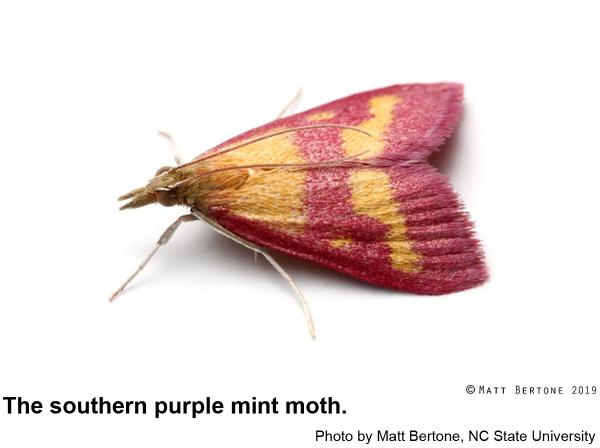
This factsheet describes the biology of the southern purple mint moth, Pyrausta laticlavia, and provides …
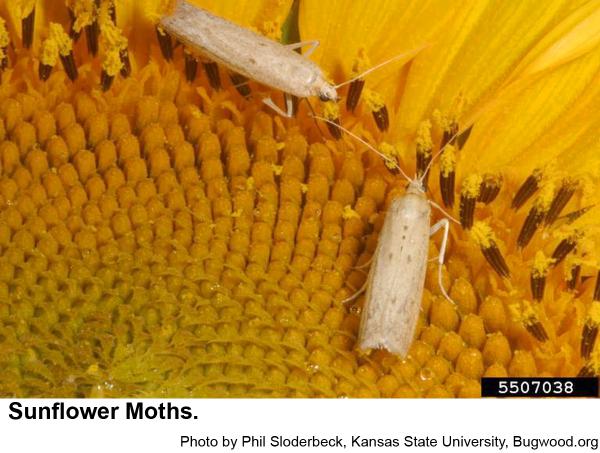
This factsheet describes the biology of the sunflower moth, Homoeosoma ellectellum, and provides residential management …